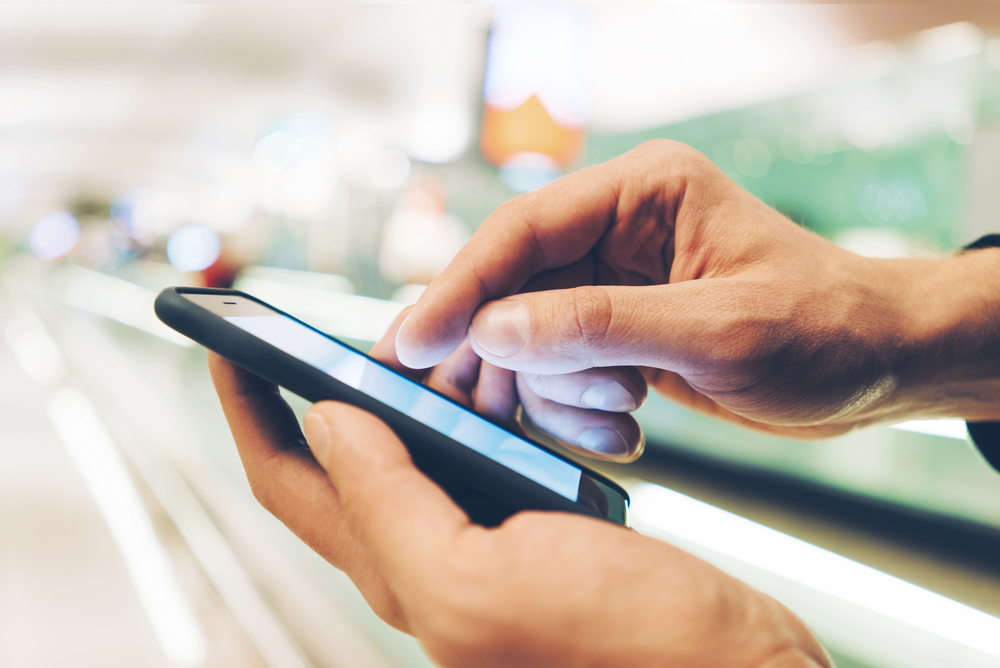Smartphones Could Be Used to Make Tremor Research Easier, More Affordable, Study Finds

Smartphones could be used as an inexpensive and effective way to measure tremors in mice, which may allow for more research on tremor medications, a new study reports.
The study, “Accurate and affordable assessment of physiological and pathological tremor in rodents with the accelerometer of a smartphone,” was published in the Journal of Neurophysiology.
Tremor is a common symptom of multiple sclerosis and other neurological conditions, and can seriously affect quality of life.
Currently, there are no medications that can address tremors. One barrier to the development of such medications is that it would require animal studies to test their effectiveness and safety, which means researchers would need to be able to measure tremors in animals such as mice.
There is equipment that can do this reliably, but a single device can cost tens of thousands of U.S. dollars. Because it is so expensive, researchers haven’t focused on studying tremors.
“I thought it would be a pity if expensive equipment kept us from continuing our research to find treatments for tremor,” Eva Maria Meier Carlsen, PhD, co-author of the study, said in a press release. Carlsen is a postdoctoral researcher at the University of Copenhagen, Denmark.
“That’s why I set out to find an affordable and valid way to measure it, and I came up with the idea of using a smartphone as a measuring device,” Carlsen said.
Modern smartphones already have built-in accelerometers. That is how the phone knows it is being moved, like when you’re playing a game that requires tilting the screen.
Researchers took advantage of this feature and created an experimental setup in which a mouse enclosure/cage is suspended from a few rubber bands, and then a smartphone is mounted to the enclosure. The phone’s accelerometer detects movement if the mouse trembles, allowing tremors to be recorded.
“By fixing a smartphone to a cage suspended by rubber bands, we were able to detect faint vibrations of the cage. With a mouse in the cage, we showed that the acceleration signals on two horizontal axes was sufficient for the detection of physiological tremor,” researchers wrote.
The team also worked with the biotechnology company Saniona to compare this method to the existing big-ticket equipment, and both methods produced comparable results. Since the smartphone is the only pricey part of the new approach — and many people already have these phones — this method could be implemented in labs much more easily and inexpensively.
Carlsen also pointed out that a whole smartphone isn’t even necessary. All that’s really required is an accelerometer and a device with a bit of computing power, like single board computers, and the same setup could be constructed for even less cost. Either way, the team believes this method will make it easier for scientists to test potential medications that address tremors.
“It is a really good idea that Eva got, and our new study emphasizes its validity,” said Jean-François Perrier, PhD, a professor at the University of Copenhagen, and study co-author. “It is a good example of how we researchers sometimes have to challenge the conventions and invent new methods that are more accessible and can be used by more people.”






